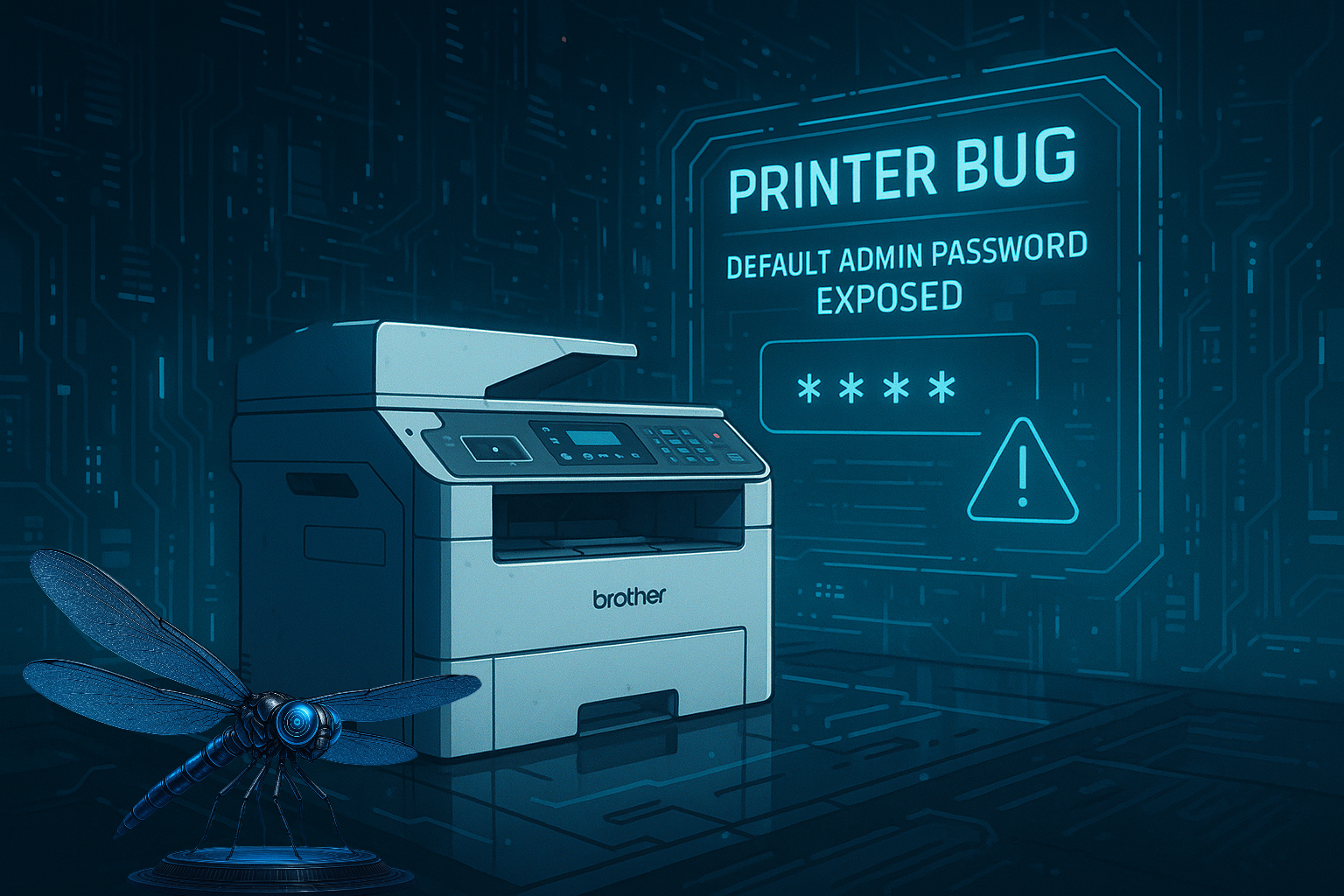Security researchers have uncovered a critical flaw in 689 printer models from Brother that allows anyone with network access to derive each device’s factory‑set administrator password. Because the weakness originates in the built-in password-generation process, it cannot be fully mitigated by firmware updates on existing units. Owners must take immediate steps to secure affected devices.
Analysis shows that the printers compute their default administrator credentials by combining the first sixteen characters of the serial number with a fixed salt, hashing the result with SHA‑256, encoding it in Base64, and then selecting eight characters to form the password. Once an attacker obtains a serial number through a separate vulnerability or leaked information, they can replicate the algorithm and log in as an administrator.
After gaining access, a malicious actor could reconfigure network settings, extract stored scans and address books, execute arbitrary code, or harvest user credentials. In lab testing, researchers demonstrated remote code execution and data exfiltration on multiple models without any authentication barrier. The flaw affects all identified models uniformly, although additional vulnerabilities in some units allow further escalation.
Manufacturers have released firmware updates addressing related bugs, but acknowledge that hardware‑level password logic cannot be altered on devices already in circulation. Future production runs will incorporate a revised process to eliminate the weakness. In the meantime, device operators are urged to replace default credentials with strong, unique passwords and to restrict management interfaces to internal networks only. Regularly reviewing logs for unusual connections to administrative ports can also help detect attempted intrusions.
The issue was first coordinated with vulnerability response teams in May 2024, and patches for seven of the eight discovered flaws are now available from printer vendors. No patch exists for the core algorithm on legacy hardware, making manual mitigation essential. Administrators seeking guidance should consult their printer’s security bulletin for detailed instructions on password rotation and network hardening. Failure to act promptly risks unauthorized configuration changes and potential data loss across affected fleets. Otonata can help your organization assess exposure, secure vulnerable devices, and implement lasting defenses.




Pingback: From Brother to Backdoor – A laser printer spilt its secrets – Otonata Cybersecurity